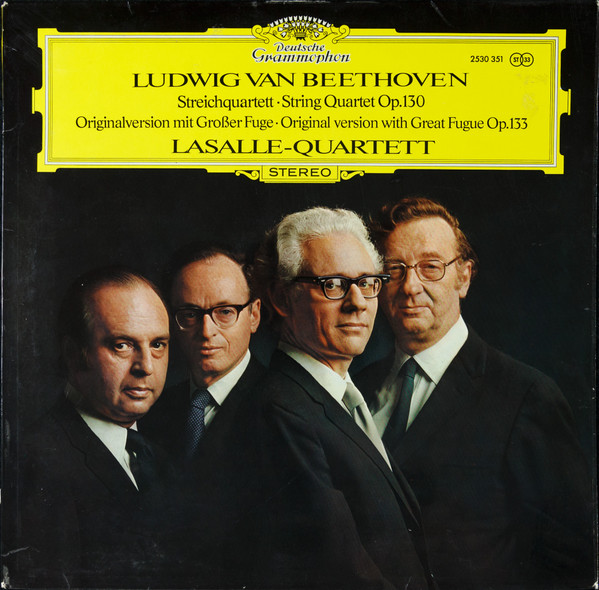Beethoven’s foremost work in chamber music started its life as the last part of the 13th string quartet in B flat, op 130. Upon the premiere of that work in 1825 the reaction to the whole work was good, but that last bit was too ambitious: the audience failed to understand the intricate intermingling of two fugues. Beethoven’s publisher wanted to convince the composer to change the ending.
To deliver that message to the notoriously stubborn hard-hearing man (Beethoven was at that time almost completely deaf) Beethoven’s publisher Matthias Artaria sought and got the help of the second violinist of the quartet that premiered the work: Karl Holz. Holz was also Beethoven’s secretary.
Artaria … charged me with the terrible and difficult task of convincing Beethoven to compose a new finale, which would be more accessible to the listeners as well as the instrumentalists, to substitute for the fugue which was so difficult to understand. I maintained to Beethoven that this fugue, which departed from the ordinary and surpassed even the last quartets in originality, should be published as a separate work and that it merited a designation as a separate opus. I communicated to him that Artaria was disposed to pay him a supplementary honorarium for the new finale. Beethoven told me he would reflect on it, but already on the next day I received a letter giving his agreement.
And so the Große Fuge was born. The work was ahead of its time, but Stravinsky described it as an absolutely contemporary piece of music that will be contemporary forever.
